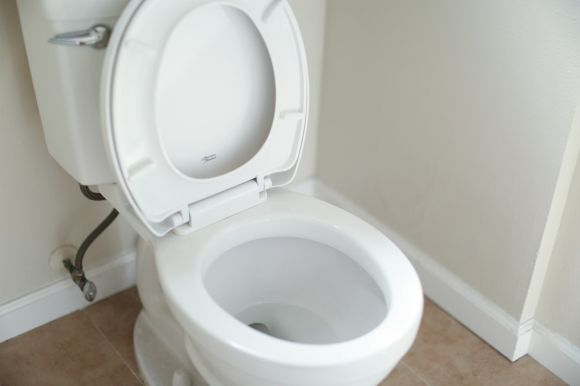A running toilet can be a frustrating and wasteful problem. Not only can it lead to high water bills, but it is also detrimental to the environment. The sound of a continuous flow of water can be annoying, and the thought of all that wasted water is enough to make anyone cringe. Fortunately, fixing a running toilet is not as difficult as it may seem. With a few simple steps, you can put an end to the running water and save both money and resources.
Identify the Problem
The first step in stopping a running toilet is to identify the cause of the problem. There are several possible reasons why a toilet may be running, including a faulty flapper, an issue with the fill valve, or a leak in the tank. Take the lid off the tank and observe the components inside. Look for any obvious signs of damage or wear and tear.
Replace the Flapper
The flapper is a rubber valve that controls the flow of water from the tank to the bowl. If the flapper is worn out or damaged, it may not be sealing properly, causing water to continuously flow into the bowl. To replace the flapper, turn off the water supply to the toilet, flush the toilet to empty the tank, and remove the old flapper. Install a new flapper according to the manufacturer’s instructions, making sure it fits snugly over the flush valve.
Adjust the Fill Valve
The fill valve is responsible for refilling the tank after each flush. If the fill valve is not functioning properly, it may be causing the toilet to run continuously. To adjust the fill valve, locate the adjustment screw or knob on top of the valve and turn it clockwise to decrease the water level or counterclockwise to increase it. Experiment with different settings until you find the optimal water level that stops the running toilet.
Check for Leaks
A leak in the tank can also cause a toilet to run. To check for leaks, add a few drops of food coloring to the tank and wait for about 30 minutes. If the water in the bowl changes color, it indicates a leak. Common sources of leaks include damaged tank bolts, a cracked overflow tube, or a faulty flush valve. Depending on the source of the leak, you may need to tighten or replace bolts, replace the overflow tube, or install a new flush valve.
Save Water with Dual Flush
If you want to go the extra mile in conserving water, consider installing a dual flush toilet mechanism. This innovative device allows you to choose between a full flush for solid waste and a half flush for liquid waste. By using the appropriate flush option, you can significantly reduce your water consumption without compromising the effectiveness of the toilet.
Conclusion: A Running Toilet No More
Fixing a running toilet is a simple and cost-effective way to save water and money. By identifying the problem, replacing the flapper, adjusting the fill valve, and checking for leaks, you can easily put an end to the continuous flow of water. Additionally, installing a dual flush mechanism can further reduce your environmental impact. So next time you hear the sound of a running toilet, don’t despair. Armed with these tips, you can take action and stop the wastefulness in its tracks.



